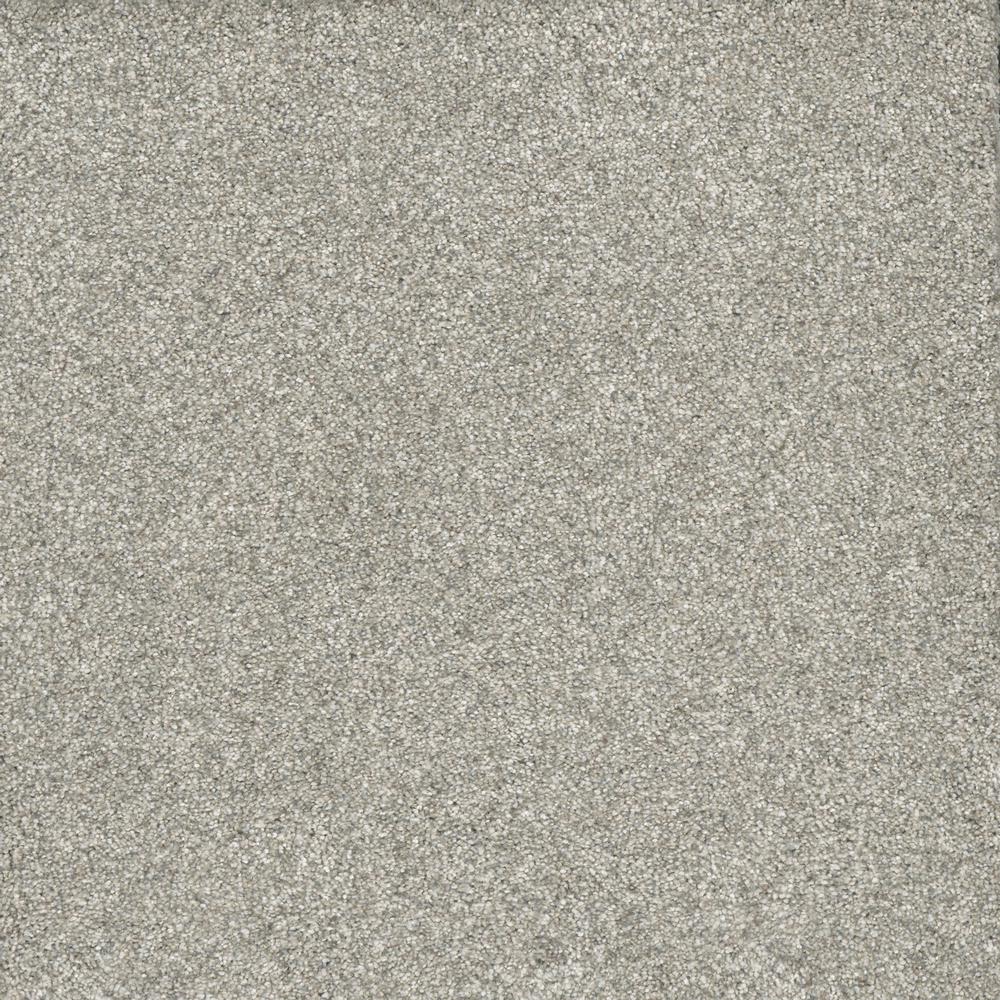
However, using reflection, one can leverage those attributes in order to create functionality. Attributes themselves do not add any functionality to a class, property or module - just data.
#Texturepacker custom property code
While the code to create a custom Attribute is fairly simple, it's very important that you understand what attributes are:Īttributes are metadata compiled into your program. They are instantiated by the CLR and you have absolutely no control over it. The time of creation of the attributes is non-deterministic.So if you don't use reflection at runtime to fetch them and decorate something with a custom attribute don't expect much to happen. The only way to make any sense and usage of custom attributes is to use Reflection.Only constant (known at compile time) values are accepted They are baked into the assembly at compile-time which has very serious implications of how you could set their properties.Important things to know about attributes: Public class M圜ustomAttribute : Attribute / This attribute can only be applied to classes


You could limit the target types to which this custom attribute could be applied using the AttributeUsage attribute: /// ) with this attribute: Īnd finally you would use reflection to fetch it: var customAttributes = (M圜ustomAttribute)typeof(Foo).GetCustomAttributes(typeof(M圜ustomAttribute), true) Then you could decorate anything (class, method, property. You start by writing a class that derives from Attribute: public class M圜ustomAttribute: Attribute


 0 kommentar(er)
0 kommentar(er)
